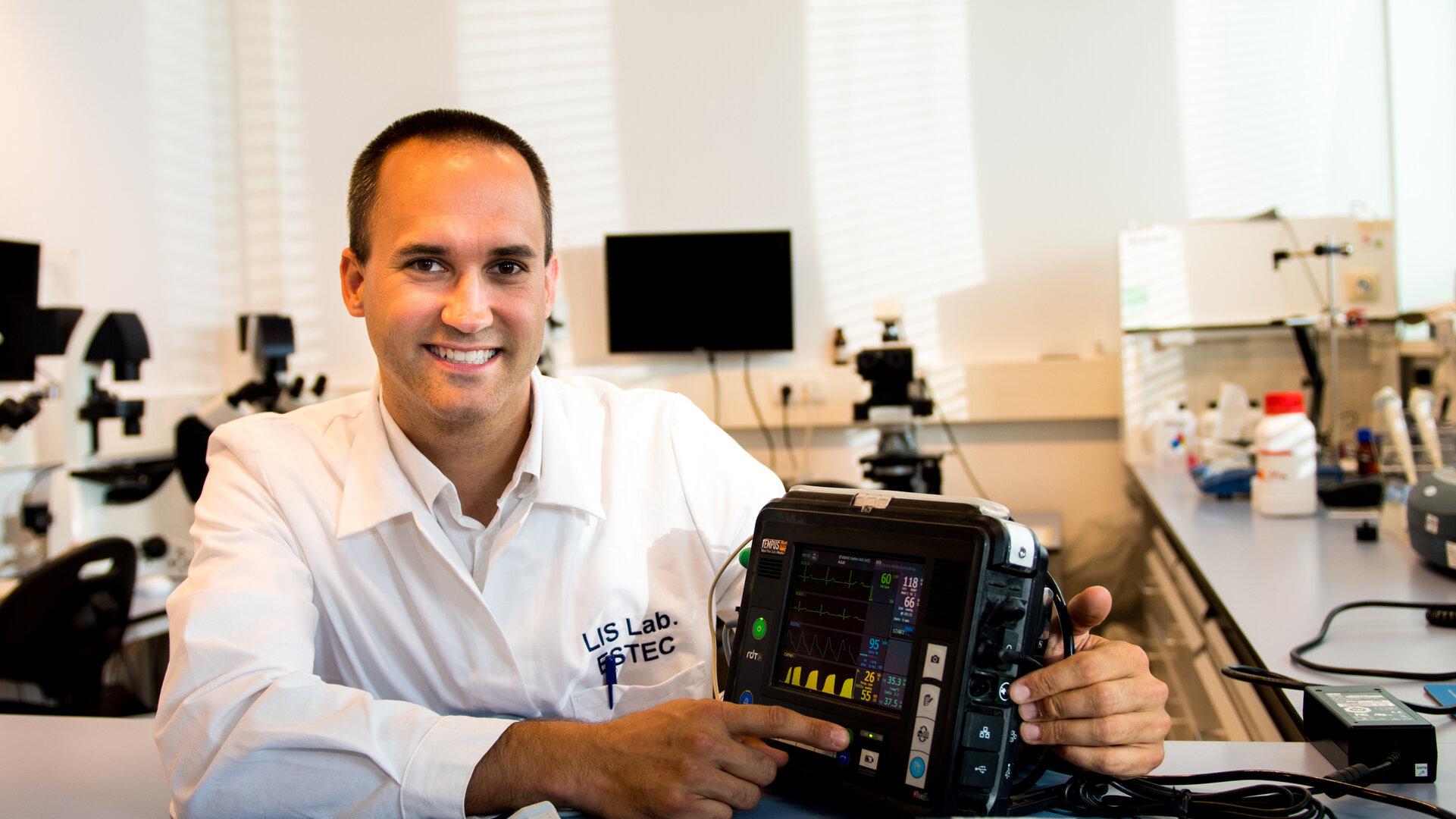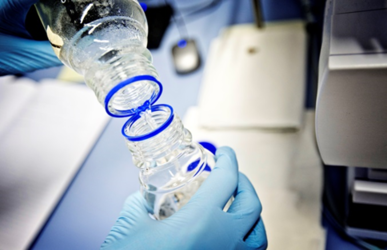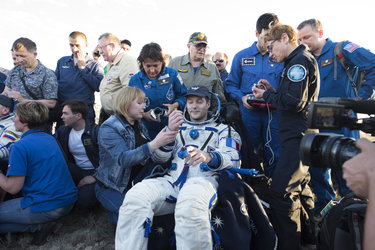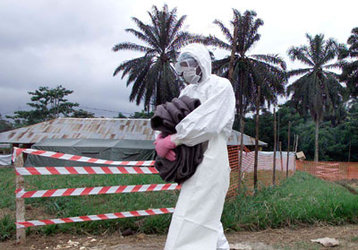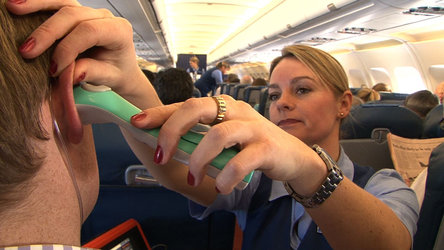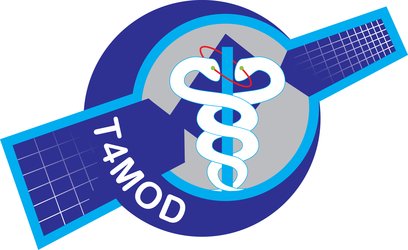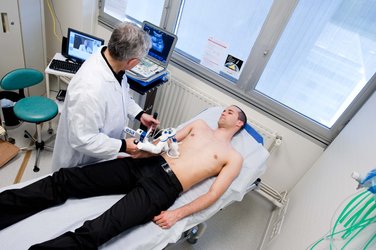Technologies that save lives
Arnaud Runge, biomedical engineer
ESA does a lot of healthcare work: we’ve undertaken about 180 projects, about half of them telemedicine oriented, the practice of giving medical care across long distance – it being much easier and cheaper to move medical data around than it is to move people. The wider usefulness of telemedicine was already obvious – but has become clearer still after a year of the COVID-19 pandemic, and associated lockdowns.
Why did ESA first get involved? Well, to start with, the need is there to keep astronauts healthy in space, which will only grow as we extend the human presence further into space. Flight surgeons are the ones who make clinical assessments, write procedures and decide action. We within the Directorate of Technical and Quality Management’s Life & Physical Sciences Instrumentation and Life Support section develop technology to support their work, guided by their input.
The global view of health technologies and solutions that this role affords us means we can also help with the follow-on terrestrial uses of space projects, typically working with ESA’s Telecommunications and Integrated Applications through their Advanced Research in Telecommunications Systems (ARTES) programme. This means, for instance, that the tele-ultrasound system first developed for astronauts on the International Space Station ended up supporting personnel on peacekeeping missions to Lebanon and Afghanistan.
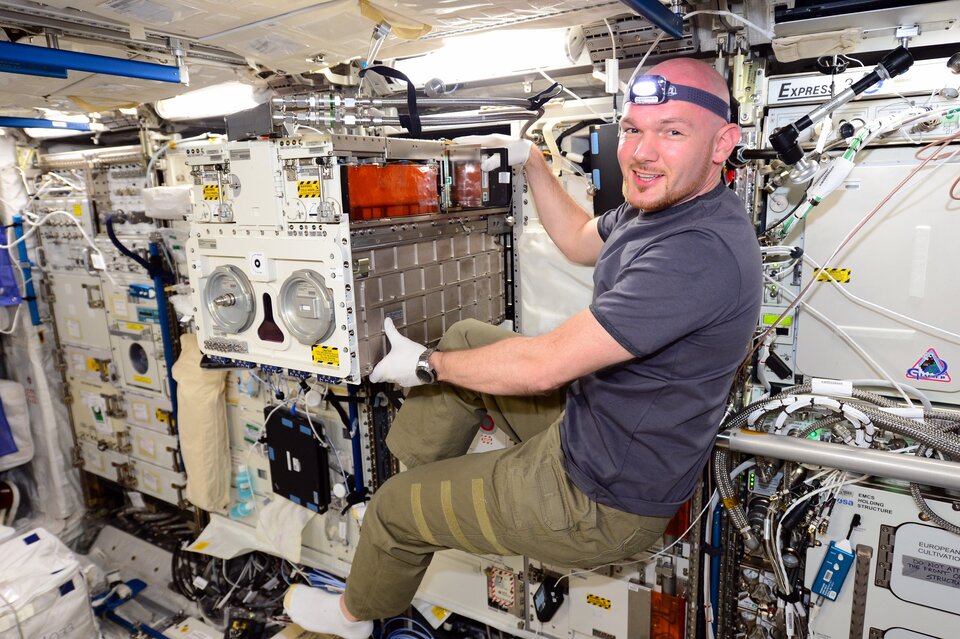
The diversity of our projects allows ESA to operate across the entire clinical chain, from prevention to detection and treatment. Terrestrial synergies are plentiful: astronauts require ongoing monitoring that could also be applied to people in remote and/or harsh environments; require countermeasures to overcome bone and muscle wastage, like the elderly or casualties recovering from trauma; must overcome balance problems and disorientation, like the elderly or people with neurological disorders or may demand treatments at a distance through telemedicine or assisted surgery – like those in isolated environments like oil rigs, ships or aircraft.
I trained as a biomedical engineer, taught by both medical doctors and classical engineering professors: I was actually the first student to graduate from my course! The idea is to fulfill the need of medical doctors to have tools designed for them, requiring people to be fluent in both the language of medicine and engineering. I heard that ESA was giving students the chance to fly microgravity experiments on parabolic flights. I became a stagiare trainee, then stayed on afterward.
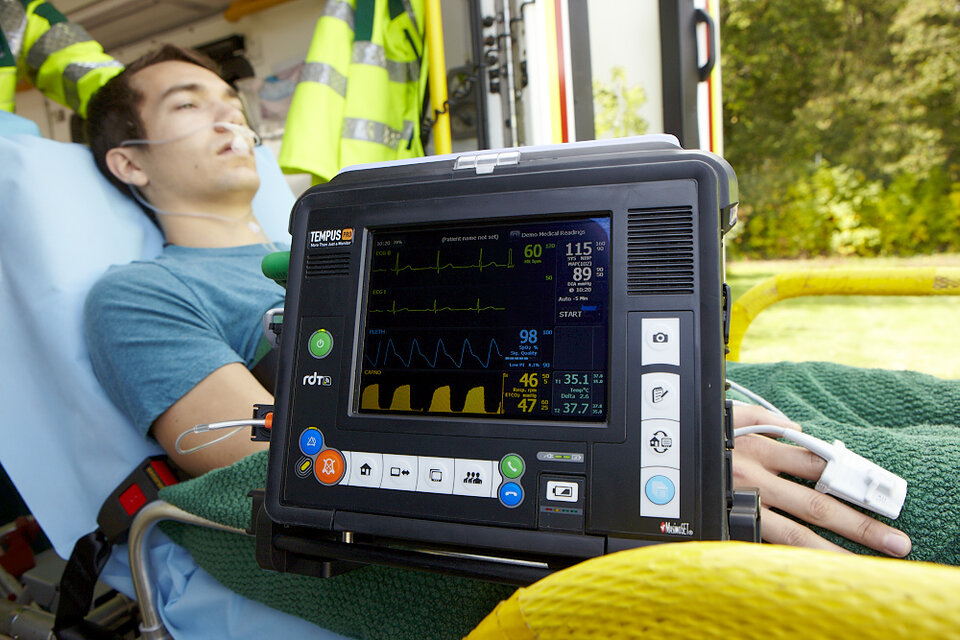
We fill gaps in healthcare technology: developing things we need in space often turns out to overlap with niche markets on Earth. We typically work with small, smart companies to create systems that often find wider commercial success. One of my first projects was wearable medical sensors, trialled at the Concordia Antarctic base.
For telemedicine I gained early experience working on an interoperability project with the European Commission, focused on barriers to use – not just technical but human factors, regulatory and legal. For instance, with a German patient and French doctor, how does medical liability apply? How will the patient be reimbursed? Since then we’ve developed standard yardsticks to assess factors like transmitted image quality, and also return on investment – how much money would this system save?
These technologies can and do save lives. Hundreds of ESA-developed Amazon Tempus telemedicine devices are in use, some in remote parts of Africa, allowing first responders to access immediate expert medical advice via satcom, to perform all standard physiological checks, to carry out ultrasound exams, and to send digital patient reports ahead to hospital. And the Spanish Ministry of Defence put our tele-ultrasound system to early use to help care for its peacekeeping troops. It has since been commercialised.
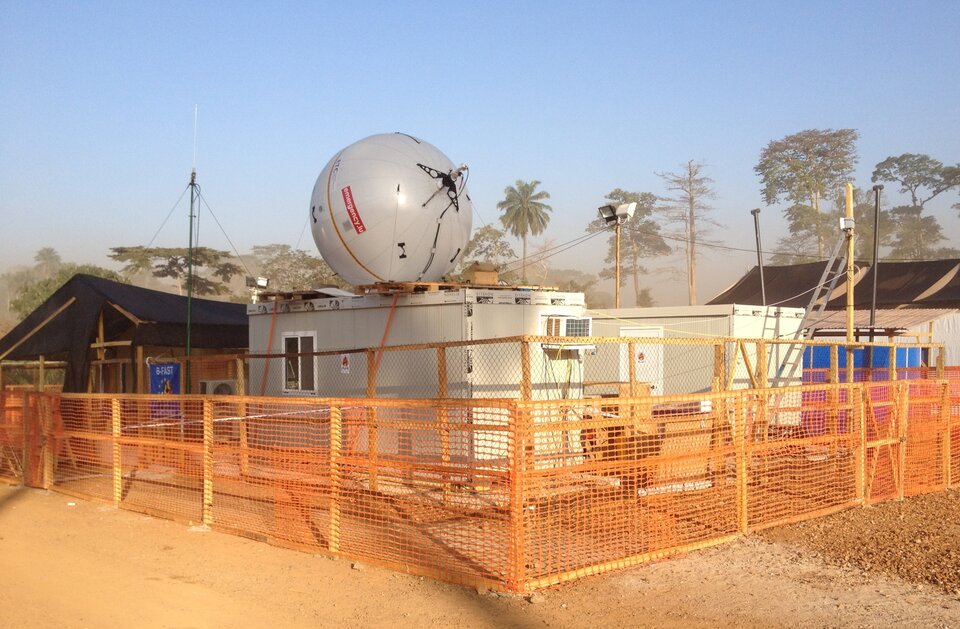
And we worked with Belgium’s University of Louvain to design an inflatable mobile lab to help combat the 2014 Ebola outbreak in Guinea. We helped select optimal deployment points from satellite images of forests, roads overlaid with temperature and humidity maps, then used satcom to keep the lab connected with medical experts, but also to immediately request spare parts, to minimise downtime, even allowing staff to easily stay in touch with loved ones.
The lab’s region ended up Ebola-free. One little boy, Felix, was really struggling, but the team promised him a bike if he pulled through – he got his bike. That’s one of the reasons I do these kind of projects, because space for health can really help to make a difference! And since then, of course, the inflatable lab has done sterling work during the pandemic, employed to perform COVID tests of key workers in Piedmont, Italy.


